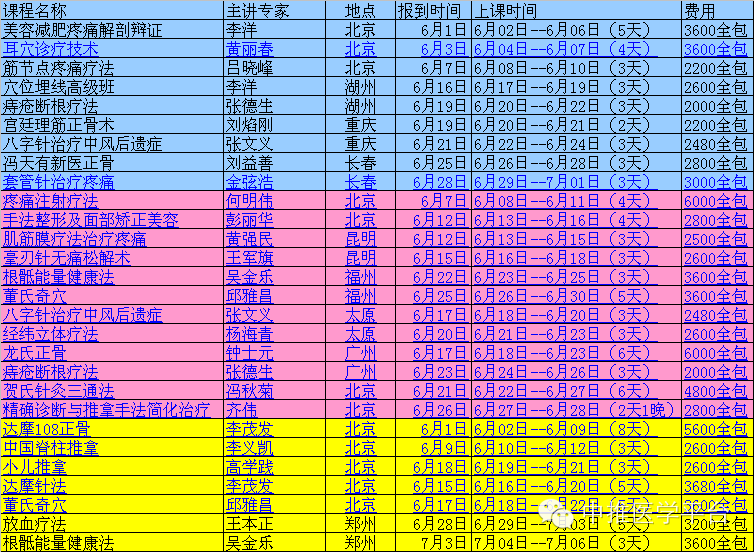The Shou Taiyin (Hand Taiyin) collateral, named Liekui (Lie Que), originates from the wrist at the point Fen Jian (Fen Jian), and runs along the Hand Taiyin channel, directly entering the palm and dispersing into the Yujì (Fish Border). In cases of excess, it manifests as sharp pain and heat in the palm, which should be drained; in cases of deficiency, it presents as frequent urination, which should be tonified. It is located one and a half cun from the wrist, diverging to the Yangming (Yang Ming) channel.
The Shou Shaoyin (Hand Shaoyin) collateral, named Tongli (Tong Li), is located one cun from the wrist, diverging to the Taiyang (Tai Yang) channel, following the channel into the heart, connecting to the root of the tongue, and belonging to the eye system. In cases of excess, it causes chest obstruction, which should be drained; in cases of deficiency, it leads to inability to speak, which should be tonified.
The Shou Jueyin (Hand Jueyin) collateral, named Neiguan (Nei Guan), is located two cun above the palm between the two tendons, diverging to the Shaoyang (Shao Yang) channel, and connects to the pericardium. In cases of excess, it causes heart pain, which should be drained; in cases of deficiency, it leads to a strong head, which should be tonified.
The Shou Taiyang (Hand Taiyang) collateral, named Zhi Zheng (Zhi Zheng), is located five cun above the wrist, diverging to the Shaoyin (Shao Yin) channel; it diverges upwards to the elbow and connects to the shoulder. In cases of excess, it causes joint laxity and elbow dysfunction, which should be drained; in cases of deficiency, it leads to the formation of warts, small like finger calluses, which should be tonified.
The Shou Yangming (Hand Yangming) collateral, named Pian Li (Pian Li), is located three cun above the wrist, diverging to the Taiyin (Tai Yin) channel; it diverges upwards along the arm, passing through the shoulder, and curves towards the cheek and teeth; it also enters the ear, connecting to the Zong Mai (Zong Mai). In cases of excess, it causes dental issues and deafness, which should be drained; in cases of deficiency, it leads to cold teeth and obstruction in the diaphragm, which should be tonified.
The Shou Shaoyang (Hand Shaoyang) collateral, named Wai Guan (Wai Guan), is located two cun above the wrist, wrapping around the arm, entering the chest, and diverging to the Shou Jueyin (Hand Jueyin). In cases of excess, it causes elbow spasms, which should be drained; in cases of deficiency, it leads to inability to retract, which should be tonified.
The Zu Taiyang (Foot Taiyang) collateral, named Fei Yang (Fei Yang), is located seven cun above the ankle, diverging to the Shaoyin (Shao Yin) channel. In cases of excess, it causes nasal obstruction and pain in the back of the head, which should be drained; in cases of deficiency, it leads to nasal bleeding, which should be tonified.
The Zu Shaoyang (Foot Shaoyang) collateral, named Guang Ming (Guang Ming), is located five cun above the ankle, diverging to the Jueyin (Jue Yin) channel, and connects to the foot tarsals. In cases of excess, it causes syncope, which should be drained; in cases of deficiency, it leads to weakness and inability to rise from a seated position, which should be tonified.
The Zu Yangming (Foot Yangming) collateral, named Feng Long (Feng Long), is located eight cun above the ankle, diverging to the Taiyin (Tai Yin) channel. It follows the outer edge of the tibia, connecting to the head and neck, and uniting with the qi of all channels, also connecting to the throat. In cases of qi counterflow, it causes throat obstruction and sudden muteness; in cases of excess, it leads to mania, which should be drained; in cases of deficiency, it causes the foot to not retract and the tibia to wither, which should be tonified.
The Zu Taiyin (Foot Taiyin) collateral, named Gong Sun (Gong Sun), is located one cun behind the base joint, diverging to the Yangming (Yang Ming) channel. It connects to the intestines and stomach; if qi counterflows, it can cause cholera. In cases of excess, it causes cutting pain in the intestines, which should be drained; in cases of deficiency, it leads to abdominal distension, which should be tonified.
The Zu Shaoyin (Foot Shaoyin) collateral, named Da Zhong (Da Zhong), wraps around the heel behind the ankle, diverging to the Taiyang (Tai Yang) channel; it follows the channel upwards to the pericardium and externally connects to the lumbar spine. In cases of excess, it causes qi counterflow and agitation, leading to urinary retention, which should be drained; in cases of deficiency, it leads to low back pain, which should be tonified.
The Zu Jueyin (Foot Jueyin) collateral, named Li Gou (Li Gou), is located five cun above the inner ankle, diverging to the Shaoyang (Shao Yang) channel; it follows the channel upwards to the testicles, connecting at the root. In cases of excess, it causes testicular swelling and sudden hernia, which should be drained; in cases of deficiency, it leads to severe itching, which should be tonified.
The Ren Mai (Ren Channel) collateral, named Wei Yi (Wei Yi), is located below the tailbone, dispersing in the abdomen. In cases of excess, it causes abdominal skin pain, which should be drained; in cases of deficiency, it leads to itching, which should be tonified.
The Du Mai (Du Channel) collateral, named Chang Qiang (Chang Qiang), runs along the spine and disperses at the head, descending to the shoulders on both sides, diverging to the Taiyang (Tai Yang) channel, and entering the spine. In cases of excess, it causes back stiffness, which should be drained; in cases of deficiency, it leads to a heavy head and dizziness, which should be tonified.
The major collateral of the spleen is named Da Bao (Da Bao). It emerges three cun below the Yuan Ye (Yuan Ye), spreading across the chest and flanks. In cases of excess, it causes pain throughout the body, which should be drained; in cases of deficiency, it leads to laxity in all joints, which should be tonified.
In summary, these fifteen collaterals must be observed in cases of excess and deficiency, and their locations may vary among individuals. The collaterals and channels differ in their pathways.
Scan or follow the platform a377949717



